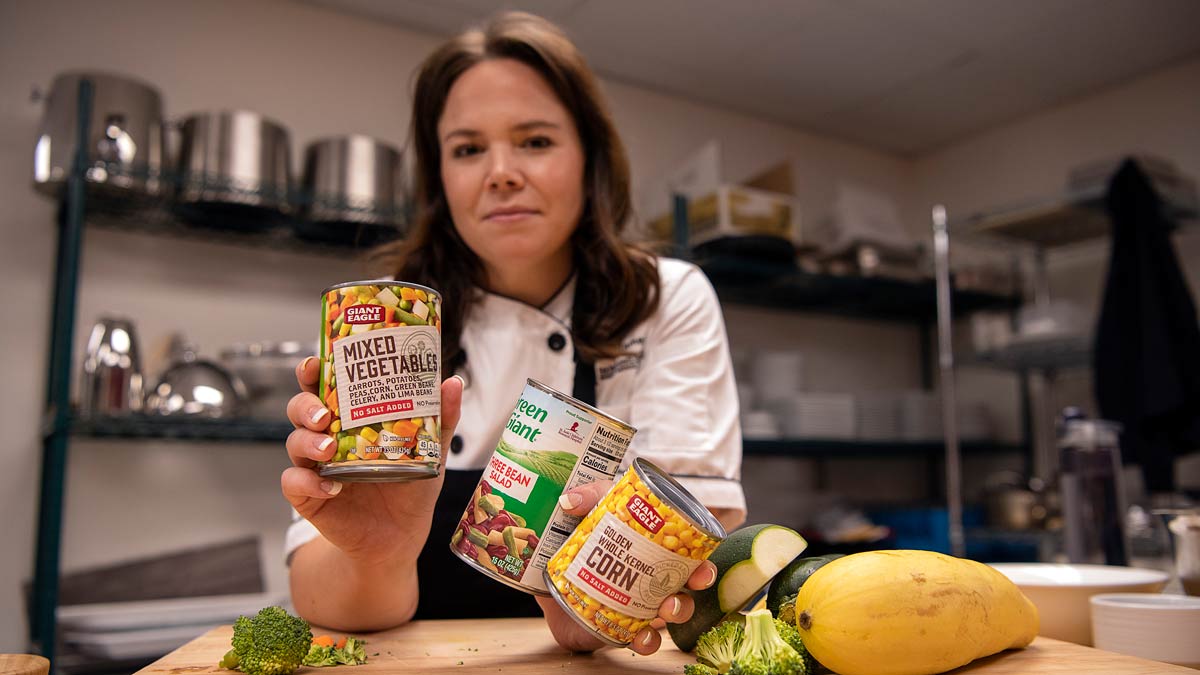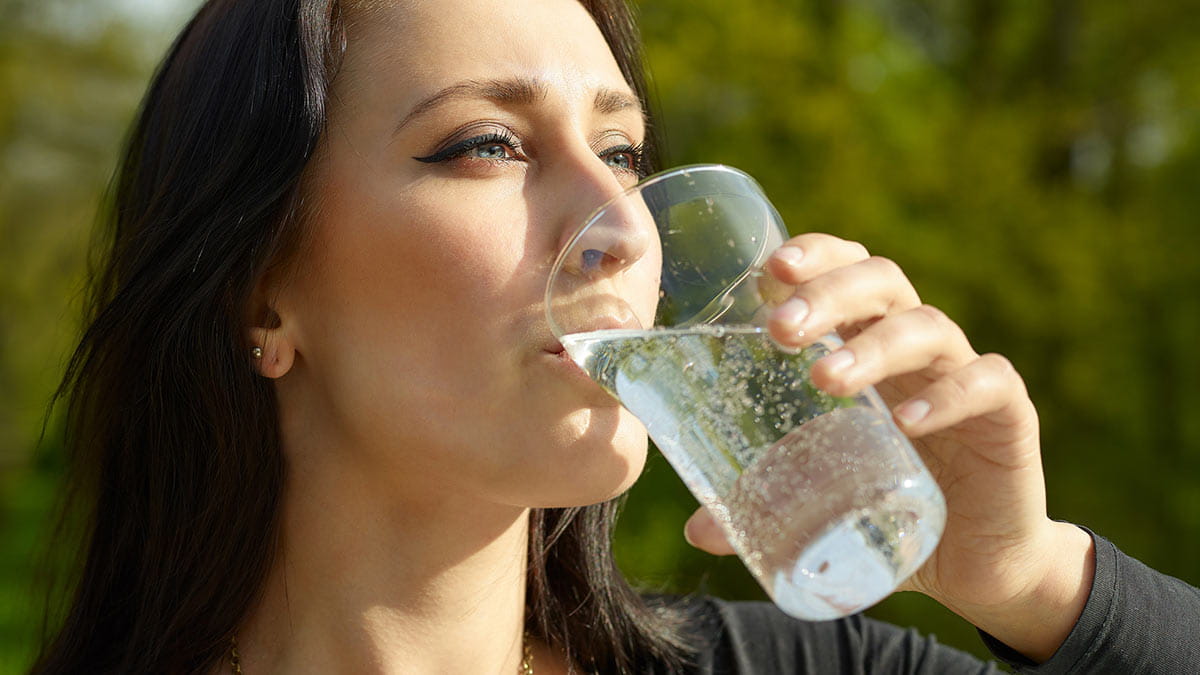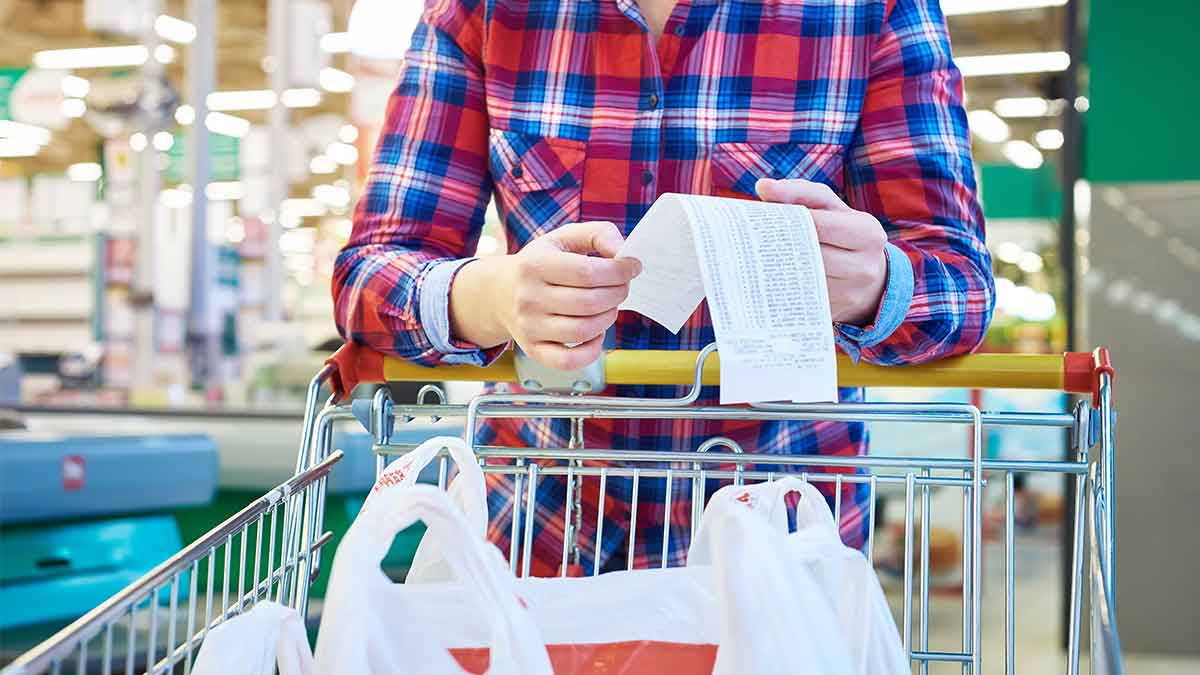How to safely can foods

As summer winds down, you might find yourself looking for ways to make use of the fruits and vegetables in your summer garden before the cold weather sets in. One of the biggest benefits of canning is that you can use fruits and vegetables when they’re in season and plentiful and preserve them for the rest of the year when they’re harder to find. If you’re new to canning, learning the skill might seem daunting at first but once you learn the processes for different foods, you might find yourself with a new hobby.
To help get you started, I’ve provided a short primer on canning vegetables and fruits. Additional resources are available from The Ohio State University’s College of Food, Agriculture and Environmental Sciences including canning basics.
Canning basics
Canning is a safe method for preserving food if practiced properly. The canning process involves placing foods in jars or similar containers and heating them to a temperature that destroys microorganisms that cause food to spoil. During this heating process, air is driven out of the jar and as it cools, a vacuum seal is formed. This vacuum seal prevents air from getting back into the product, bringing with it contaminating microorganisms.
Low-acid vs. High-acid foods
Low-acid foods, including vegetables, meat, poultry, seafood and dairy products, have a pH of more than 4.6, and because of the danger of botulism, they must be prepared using a pressure canner.High acid foods like fruits and pickled vegetables have a pH of 4.6 or less and contain enough acid to prevent Clostridium botulinum spores to grow and produce their deadly toxin. You can safely can high-acid foods using the boiling water bath method. If you’re canning foods like tomatoes or figs, which have a pH value close to 4.6, you need to add an acid (lemon juice or citric acid) to them to use the boiling water bath method.
Safe methods to process food
Boiling water bath: this method is safe for tomatoes, fruits, jams, jellies, pickles and other preserves. Using this method, you heat and completely cover jars of food with boiling water (212 degrees at sea level) and cook them for a specified amount of time.
Pressure canner: this is the only safe method to preserve vegetables, meats, poultry and seafood. Jars of food are placed in two to three inches of water in pressure canner, which is heated to at least 240 degrees (this temperature can only be reached with a pressure canner). The main reason that pressure canning is necessary is to prevent Clostridium botulinum when canning low-acid foods. Though these bacterial cells are killed at boiling temperatures, the microorganisms can form spores, which can withstand these temperatures. The spores can grow well in low-acid canned foods like vegetables and meats in the absence of air. When the spores begin to grow, they produce the deadly botulinum toxins (poisons). The only way to destroy these spores is by using the pressure canner method.
Storing Canned Foods
Once jars are tightly sealed and cooled, they’re ready to be stored. Here are some things to do beforehand:
- Wash the lid and jar to remove food residue; rinse and dry jars.
- Label and date jars, and store them in a cool, dark, dry place (50 to 70 degrees is ideal).
- Do not store jars above 95 degrees or near hot pipes, a range, a furnace, in an uninsulated attic or in direct sunlight. Under these conditions, food will lose quality rapidly and may spoil. Dampness may corrode metal lids, break seals and allow contamination and spoilage.
- Plan to use home-canned food within one year for optimum quality and nutritional value.
Drew Patterson is culinary director of Nutrition Services at The Ohio State University Wexner Medical Center.




